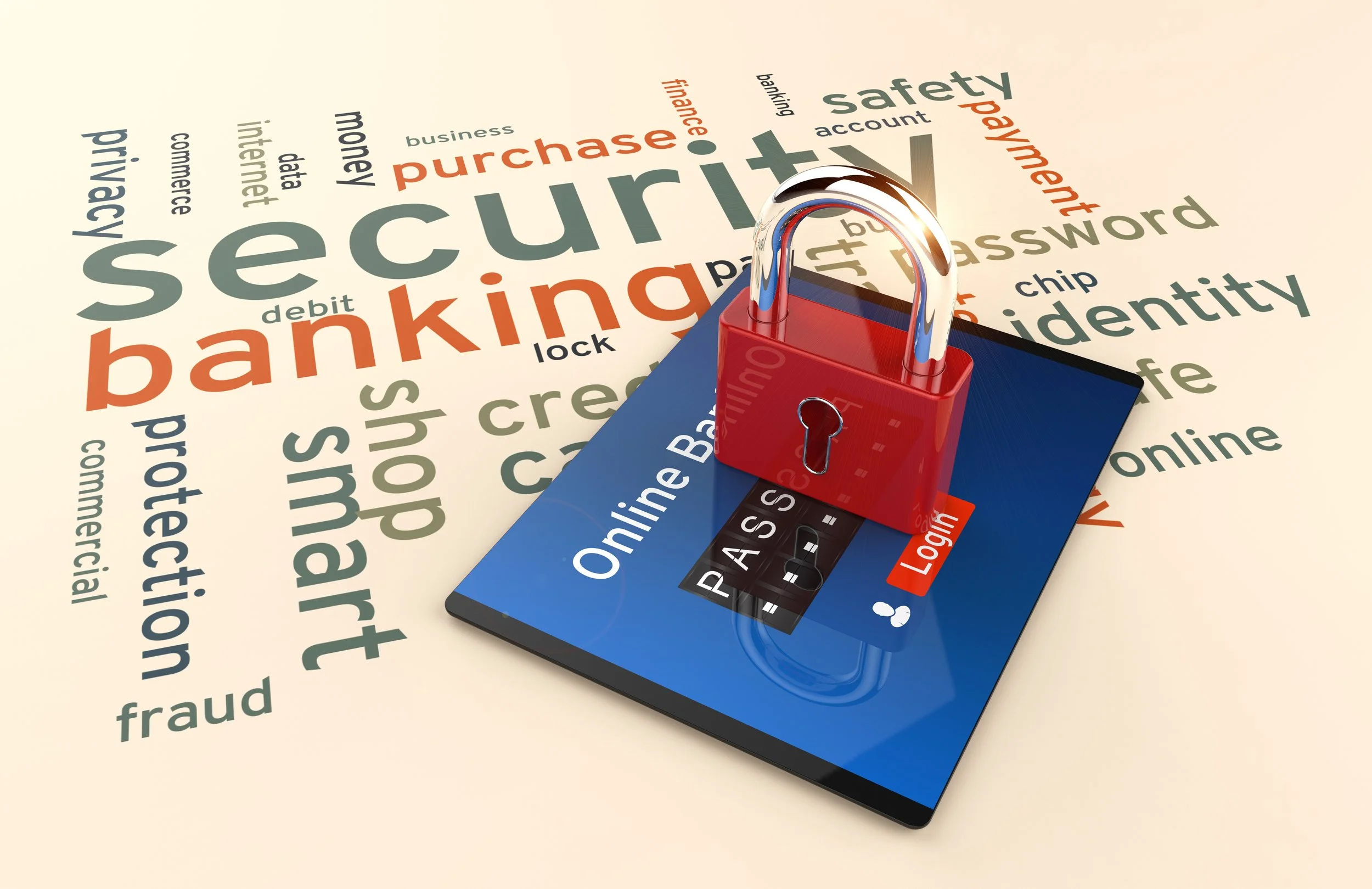Digital Wallets & E‑Payments: How to Stay Safe While Going Cashless
In today’s hyper-connected world, cash is no longer king. With just a few taps on a screen, people can pay for groceries, split bills, or shop online. Digital wallets and e-payments are changing the way we handle money. They're convenient, fast, and often more hygienic than handling cash. But with these perks come risks. As we embrace this digital financial age, it's vital to stay informed—and protected.
The Rise of Digital Spending
Over the past few years, the global shift toward digital payments has accelerated. From QR codes at coffee shops to NFC-enabled phones paying for train rides, the world is moving toward touchless transactions. Even small vendors have started accepting e-wallets. This trend isn’t just about convenience; it's about adaptability.
For many, going cashless has streamlined everyday life. No more fumbling for change or worrying about carrying thick wallets. But just as wallets evolved, so did the threats targeting them.
Benefits That Made Us Switch
Digital wallets offer more than just mobility. They often come with loyalty rewards, cashback, discounts, and faster transactions. Many platforms integrate with budgeting apps, helping users track their spending. Not to mention, they lower the risk of physical theft—your money can't be snatched if it's not in your pocket.
And for businesses, accepting e-payments reduces cash-handling errors and expands their customer base. The appeal is clear on all sides.
Common Risks in the Digital Wallet Landscape
However, with innovation comes vulnerability. Hackers have shifted from ATM skimming to phishing scams, malware, and fake payment portals. Since e-wallets are connected to personal phones, one compromised device can open the door to financial loss.
Data breaches also loom large. If the provider’s system is insecure, sensitive information could fall into the wrong hands. In some cases, people have unknowingly shared their credentials with imposters pretending to be customer support.
Smart Habits for a Safer Digital Wallet Experience
So, how do you protect yourself in this increasingly cashless world? With a few mindful habits, you can enjoy the benefits of digital wallets without compromising security.
1. Use Trusted Apps Only
Stick to reputable apps from major tech companies or licensed financial institutions. Before downloading, check reviews and ratings. Avoid third-party app stores, and never install payment apps from unknown sources.
2. Keep Software Up to Date
Outdated software may have security holes. Set your phone to update apps and the operating system automatically, or check frequently for updates. These often include vital security patches.
3. Enable Two-Factor Authentication
Where available, turn on two-factor authentication (2FA). This adds another layer of protection. Even if someone gets your password, they’ll need a second code—usually sent to your phone or generated by an app.
4. Use Strong, Unique Passwords
Many people use the same password across several platforms. Don’t. If a hacker breaches one account, they could access others. Use a combination of letters, numbers, and special characters, or rely on a secure password manager.
5. Avoid Public Wi-Fi for Transactions
Free Wi-Fi at cafés or airports might be convenient, but it’s not always safe. Hackers can intercept data over unsecured connections. If you need to access your wallet on the go, use a VPN or wait until you’re on a secure network.
6. Lock Your Phone and Apps
Always set a strong screen lock—fingerprint, facial recognition, or a PIN. Some digital wallets let you add an additional lock when opening the app. That extra barrier can buy you time if your phone is lost or stolen.
7. Be Wary of Phishing Messages
Got a text or email asking you to “verify” your wallet? Take a second to double-check. Look for strange spelling or urgency. Real companies don’t rush you or ask for full passwords or PINs.
8. Monitor Your Transactions
Check your digital wallet activity often. Even small unfamiliar transactions can signal fraud. If anything looks off, freeze your account and contact the provider immediately.
What If You Get Hacked?
Despite best efforts, breaches can happen. If your e-wallet is compromised, act fast. First, notify the wallet provider. Most have a hotline or support chat for fraud cases. Next, change your password, block linked cards, and check other connected accounts.
Many providers offer buyer protection or can reverse unauthorized transactions. Acting quickly increases your chances of recovery.
The Future of Payments
Digital wallets are here to stay, and their evolution is ongoing. From facial recognition to blockchain-based payments, security features are becoming more sophisticated. However, cybercriminals are evolving too. Staying informed and alert is the best way to stay one step ahead.
Governments and fintech companies are working together on new regulations, aiming to make digital transactions safer. These measures will offer added protection, but they don’t eliminate personal responsibility. You’re still the best line of defense.
Final Thoughts
Going cashless is a convenience that’s hard to pass up. But it’s not a “set it and forget it” solution. Protecting your digital wallet requires mindfulness, security savvy, and staying up-to-date.
By embracing smart habits, you can shop, pay, and send money with confidence. The future is digital—and safe if we choose to make it so.
